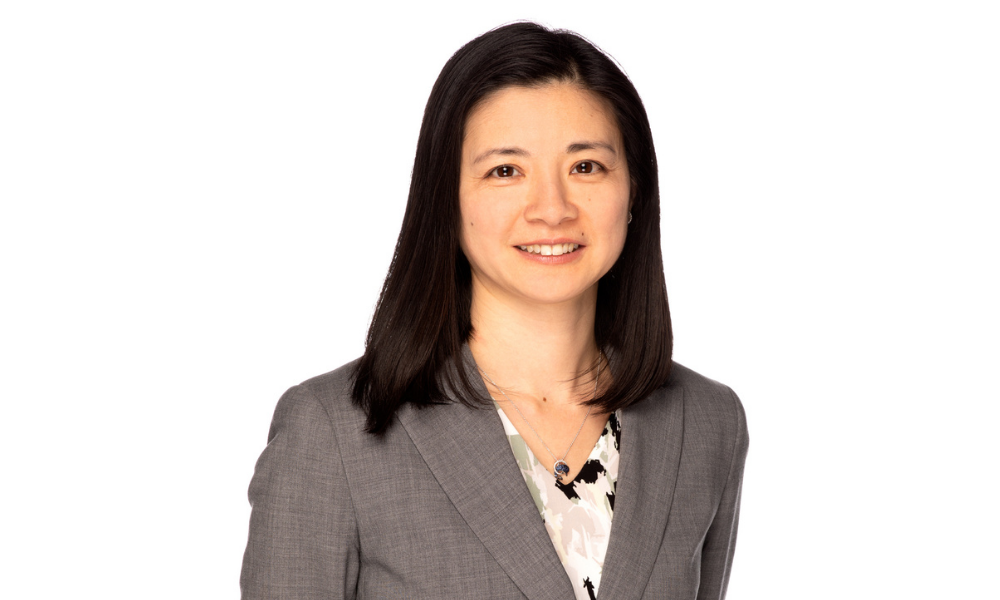Socially responsible investing expert explains why you have to look beyond company's EV leadership

When news broke on social media last week that the S&P Index didn’t consider Tesla eligible for its ESG index, advisors were left asking: why not?
“Tesla has really led the commercialization of electric vehicles right to what it is today, so it scores high on an environmental transition story, and that has led to the advancement of battery technology and all the infrastructure that you’re starting to see today to power those EVs,” Adelaide Chiu, the new vice-president and head of responsible investing and ESG services at NEI Investments told Wealth Professional.
“They really have been a leader in that area. But from a responsible investing lens, you look beyond that and consider a more holistic approach to responsible investing or ESG, and there are other parts of the business where they don’t score as high.”
Chiu noted that focus increased on Tesla after S&P announced its index rebalancing on April 22 and it took effect on May 2. The state of California has a pending lawsuit against the company, which the company is fighting, and there have been allegations of harassment within the plants.
“It’s not always going to be about one pillar; you have to look at everything in its entirety. That’s why I think the ESG landscape is definitely more complicated than a traditional investment lens,” she said. “There’s more than one way of looking at a company in terms of ESG, and I think that’s what this has highlighted. Advisors need to understand a more holistic approach to responsible investing.”
Chiu noted that Tesla also didn’t score as high as expected on environmental issues because it didn’t disclose as much about its emission targets as other companies did.
When advisors look at ESG ratings, Chiu said they need to consider the company’s management as well as its environmental and people strategies and priorities. That includes the leadership as well as the compensation and share structures to see if they follow best practices. They also need to dig down into the “S” or social aspect to check diversity and labor practices.
“When you’re talking about investing your capital, you don’t just think about the economic capital. You also need to think about the human capital part, too,” she said. “That human capital pillar is the kind of pillar that I would recommend they really study for any red flags.”
It helps to identify the leaders in an industry and how they compare. It’s also good to look at other indexes to see how they’re rating the company differently. But, Chiu noted that human capital issues, like Tesla’s, could impact its future growth and valuation, so it’s important to take notice of them.
“It’s definitely more sophisticated now that we’ve added an extra layer of analysis, but it’s a good layer,” she said.
“We have resources to help advisors navigate and we also conduct training sessions for advisors to understand how to incorporate ESG in their portfolios and how to think about it. So, it’s really up to the advisors to seek those tools because it’s not an easy thing to do if you’re new in this space.”



